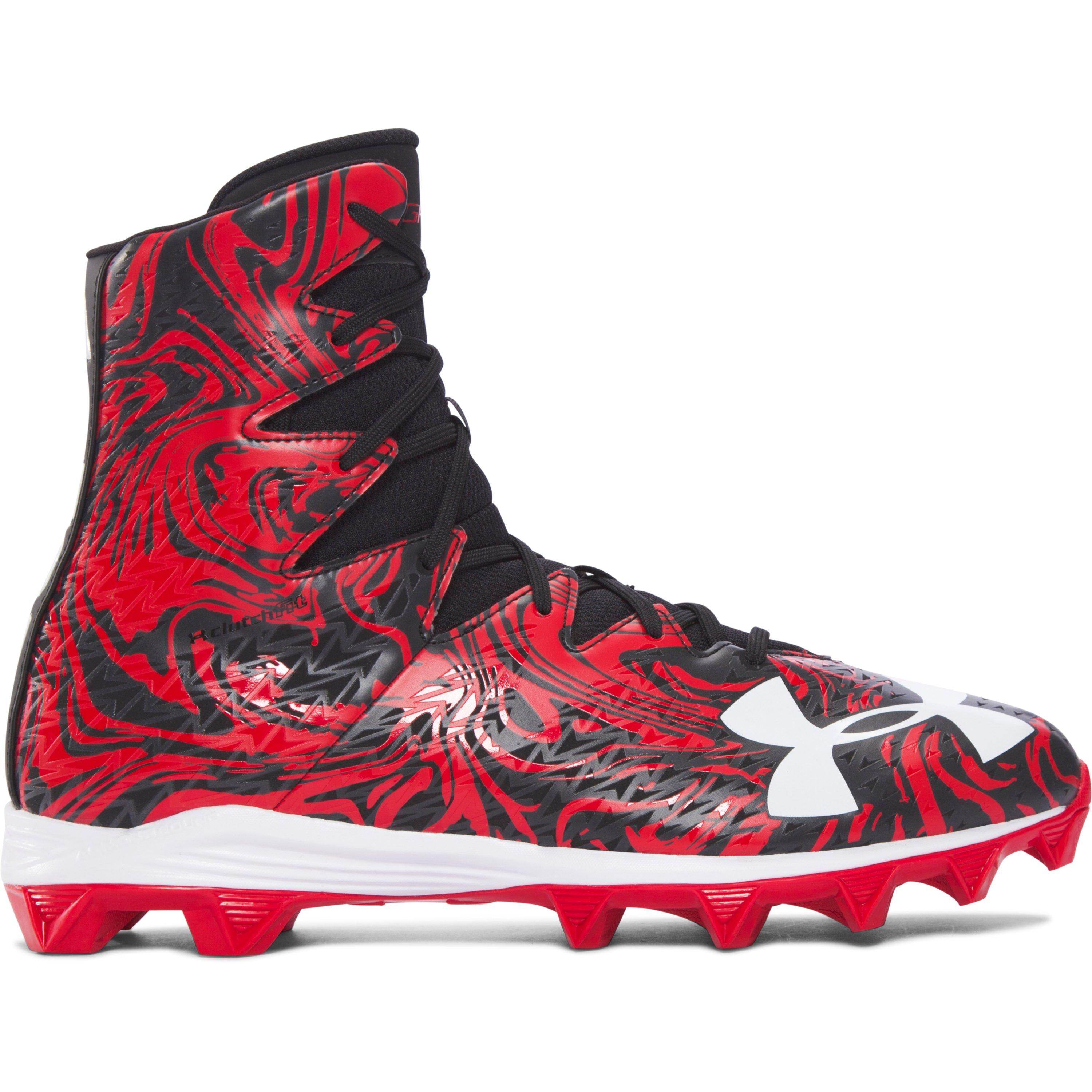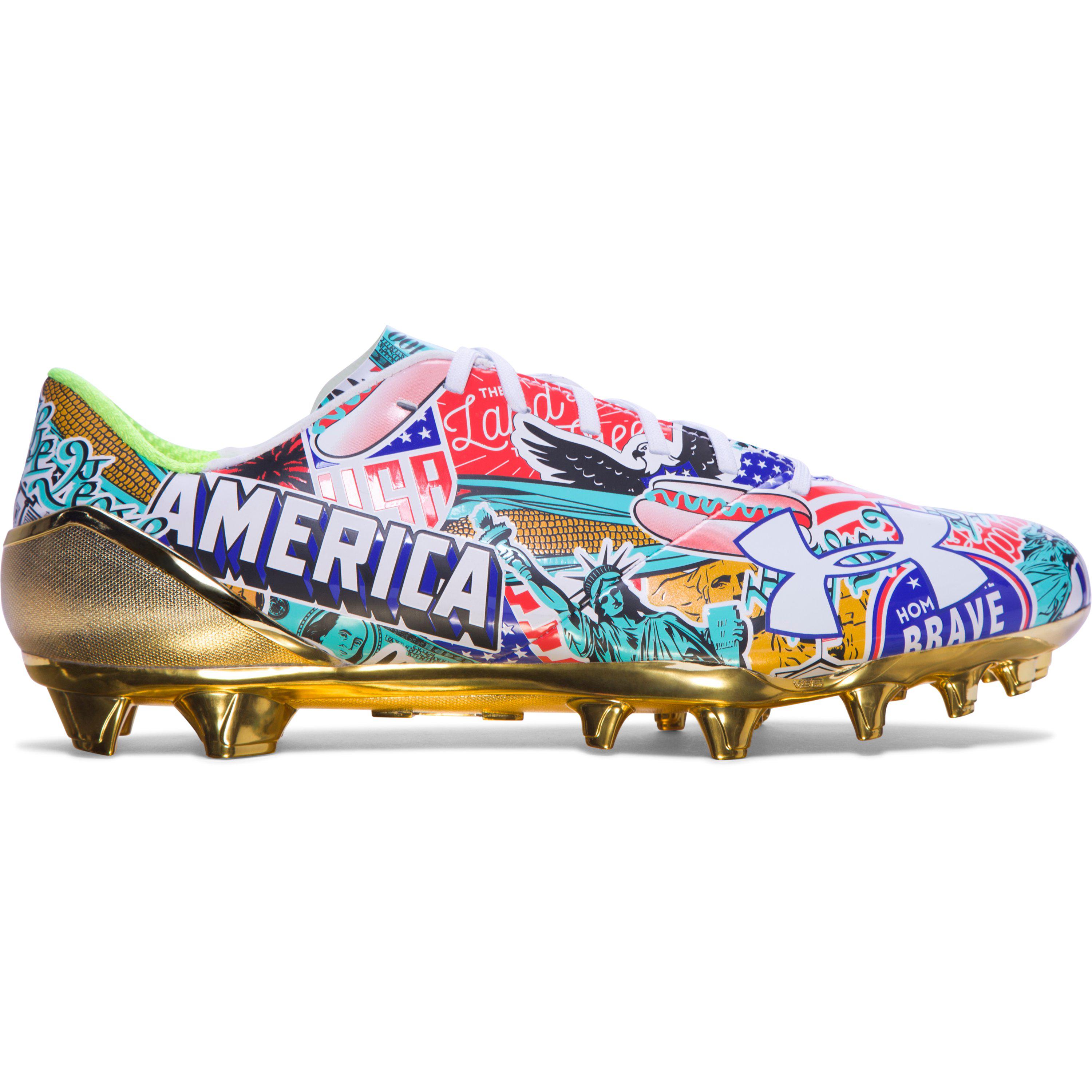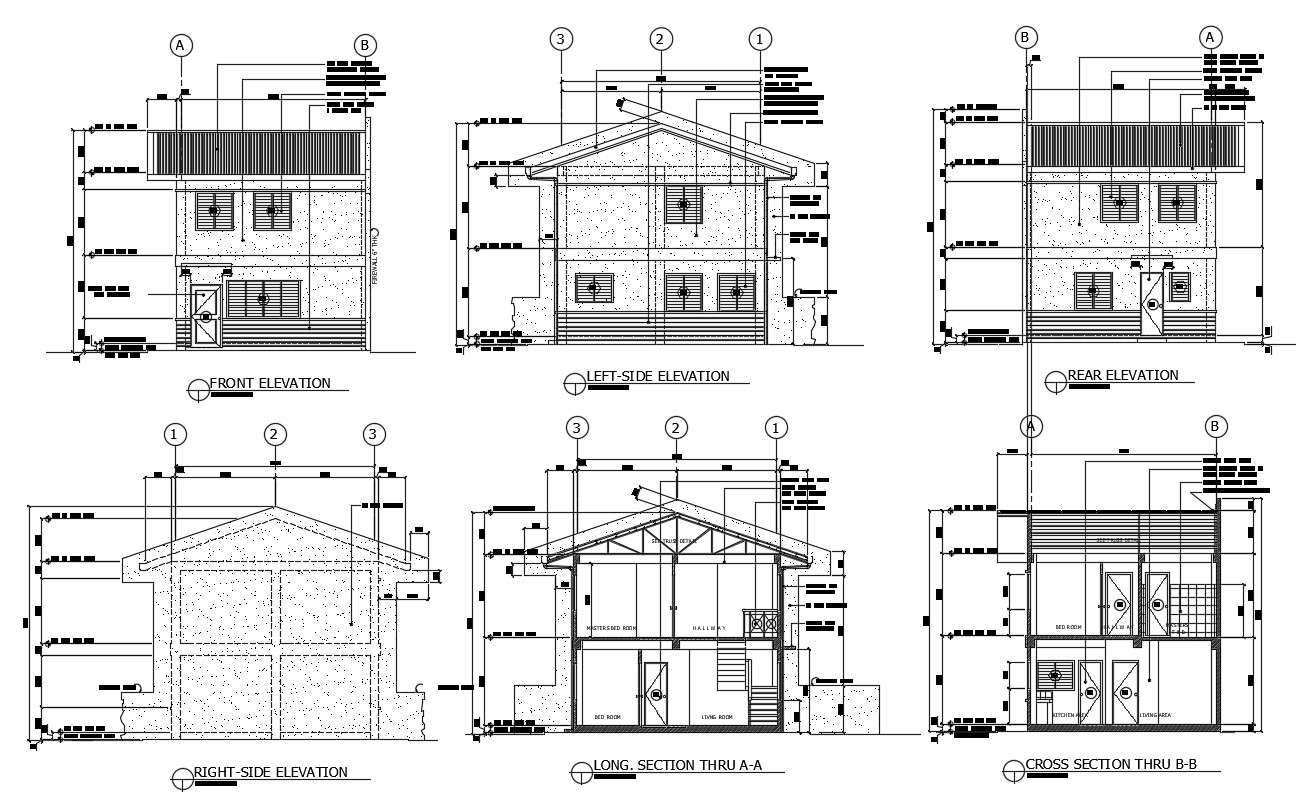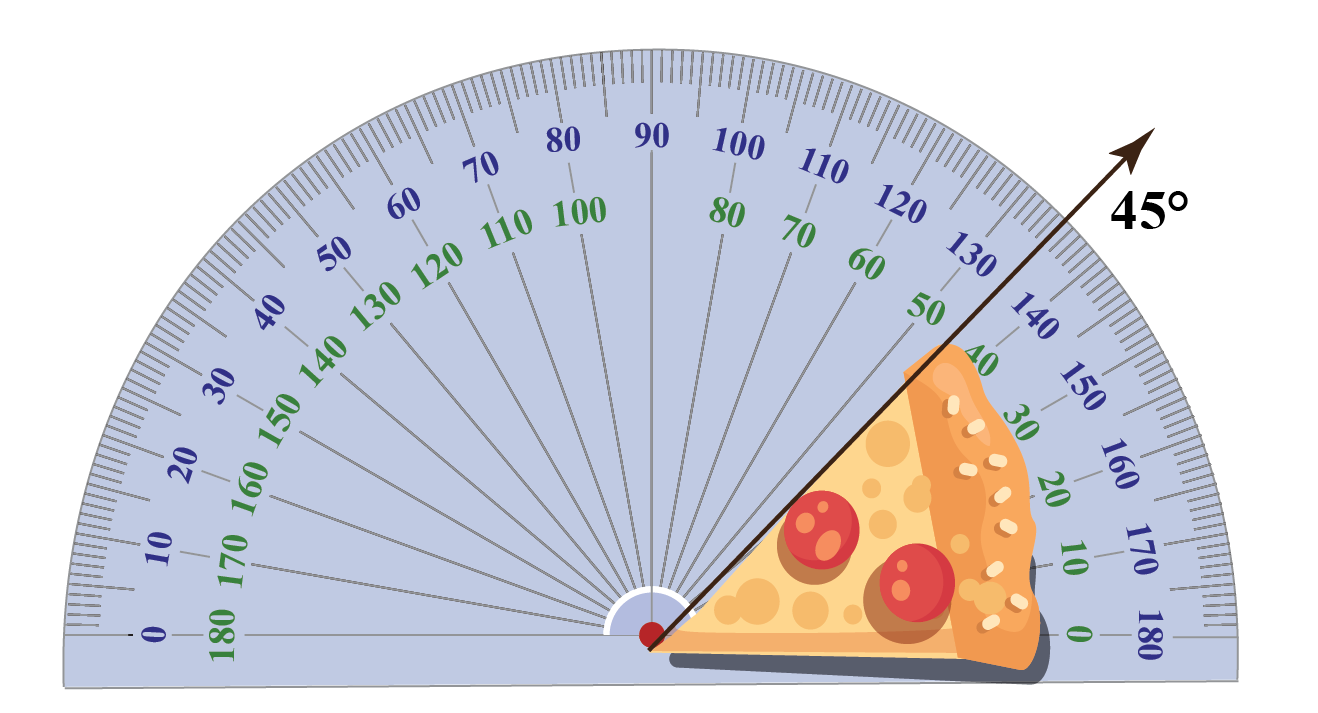Table Of Content

Even though the emphasis was on abstract geometric shapes, photography played a large role in Swiss designs. The type preference of Swiss style was sans-serif, flush left with a ragged right edge. The most preferred typeface was Akzidenz Grotesk which they saw as functional without being stylized as well as carrying no political baggage. As you might be aware Akzidenz Grotesk served as a model for Neue Haas Grotesk, later renamed Helvetica.
Swiss Style: The Principles, the Typefaces & the Designers - PRINT Magazine
Swiss Style: The Principles, the Typefaces & the Designers.
Posted: Fri, 31 Jan 2020 08:00:00 GMT [source]
Graphic design, 1945–75
The Bauhaus was established to provide a wide ranging curriculum for the arts and crafts, but under the directorship of the architect Walter Gropius, it became especially oriented toward architectural modernism. In this environment, artists like Laszlo Moholy-Nagy pursued variants of constructivism that internalized elements of both Russian constructivism and De Stijl, including simple geometric shapes, sans serif typography and grid organization. Philip B. Meggs‘ History of Graphic Design explains that International Typographic Design begins with a mathematical grid.
Dezeen Magazine
They created asymmetrical layouts, and they embraced the prewar designers’ preference for sans-serif typefaces. The elemental forms of the style possessed harmony and clarity, and adherents considered these forms to be an appropriate expression of the postwar scientific and technological age. The 1950s saw the distillation of International Typographic Style elements into sans-serif font families such as Univers. Univers paved the way for Max Miedinger and collaborator Edouard Hoffman to design the typeface Neue Haas Grotesk, which would be later renamed Helvetica. The goal with Helvetica was to create a pure typeface that could be applied to longer texts and that was highly readable. The movement began to coalesce after a periodical publication began in 1959 titled New Graphic Design, which was edited by several influential designers who played major roles in the development of International Typographic Style.
White Space
Wolfgang Weingart was another Swiss designer who helped to push the boundaries of Swiss design. He was known for his experimental approach to typography and his willingness to break with the conventions of the International Typographic Style. His work often featured collage techniques and the use of hand-drawn typefaces.
Swiss Style: The Principles, the Typefaces & the Designers
He developed a curriculum that is still taught at the School of Design in Basel to this day and was an important designer who brought the Swiss Style to the United States. His body of work is very extensive, including posters, exhibitions, stage design, logos, and sign systems. The movement’s innovators combined elements of other artistic trends to create the beauty and simplicity of the Swiss Style that we know today. Elements from Bauhaus, De Stijl and The New Typography are sprinkled throughout the works of Ersnt Keller, Max Bill, Josef-Müller Brakmann and Armin Hofmann—i.e., the pioneers of Swiss Style. For a bedroom off the nursery, Carmine Sabatella wanted to create a jewel-toned escape.
Since it is very inexpensive to produce new typefaces for photographic typesetting, the widespread use of phototype systems set off a spate of new designs and reissues of long-unavailable typefaces, such as decorative Victorian wood types. American Herb Lubalin is notable among the designers who embraced the new flexibility phototype made possible for designers. Type could be set in any size, the spaces between letters and lines could be compressed, and letters could be expanded, condensed, touched, overlapped, or slanted. Lubalin’s ability to make powerful visual communications solely with type is seen in a 1968 announcement for an antiwar poster contest sponsored by Avant Garde magazine. The magazine’s logo, placed in the dot of the exclamation point, uses ligatures (two or more letters combined into one form) and alternate characters to form a tightly compressed image. This logo was developed into a typeface named Avant Garde, one of the most successful and widely used fonts of the phototype period.
Formafantasma’s Floral Chairs and Futuristic Lights
Rather, they looked to precedents at the intersection of art and design from the period spanning roughly 1914 and 1939. These included the movement of Suprematism and Constructivism in Russia, De Stijl in the Netherlands, and the Constructivism-inspired work of the Bauhaus, a design school founded in 1919 in Dessau, Germany. Bauhaus was a German-based movement that emphasized purity of geometry, absence of ornamentation and the motto 'form follows function'. This was a school of thought that combined craftsmaking with the fine arts and was founded by Walter Gropius. The goal was to work towards the essence of the form follows function relationship to facilitate a style that could be applied to all design problems; the International Style.
Style features
In the spirit of eliminating unnecessary fluff, the typefaces that emerged during the Swiss Style era removed all serif appliques. One of the most influential and recognizable sans-serif typefaces is Helvetica (the Latin word for Swiss), a neutral design lauded for its versatility. It all started in Switzerland, but the influence of Swiss Design spread like wildfire.
Designers in the International Style saw design as part of industrial production. They sought simplicity and believed aesthetic beauty arose out of the purpose of the thing being designed. Architects such as Le Corbusier and Phillip Johnson are among those considered part of the International Design movement and the style spread to the more general world of art. Colors are often bold and contrasting, and are used to draw attention to important elements of the design. This creates a sense of hierarchy, and helps to guide the viewer’s eye through the content. Swiss design continues to be an influential force in the world of typography and graphic design, and its principles are likely to shape the future of design in the European Union and beyond.

One of the most famous typefaces was Helvetica, developed in 1957 by the Swiss typographer Max Miedinger with the participation of Eduard Hoffmann. The use of simple fonts became a distinctive feature of the Swiss school and a marker of new design. Swiss designers chose to repeat simple shapes to create structure and highlight certain design elements. Sometimes, these shapes added a sense of depth or broke the grid structure that made designs dynamic. The Swiss Style has also been referred to as the International Typographic Style or the International Style that originated in Switzerland in the 1940s and 1950s. The style favoured cleanliness, legibility, and impartiality through basic graphic design principles.
Vernacular imagery and popular culture inspired a generation of American designer/illustrators who began their careers after World War II, including the 1954 founders of the Push Pin Studio in New York. Their work combined a fascination with the graphic simplicity and directness of comic books with a sophisticated understanding of modern art, especially of Surrealism and Cubism. The Push Pin artists’ unabashedly eclectic interest in art and design history led them to incorporate influences ranging from Persian rugs to children’s art and decorative Victorian typefaces. In their work, a graphic vibrancy supported a strong conceptual approach to the visual message.
Taking a functional and industrial tool, the design duo are connecting it to the realm of design and art by using it to elicit various emotional reactions from viewers through elements of surprise, amusement, apprehension, and joy. The project, which is possible thanks to democratizing such technology as the KUKA robotic arm, hopes to redefine our relationship with new technology through a poetic and sensitive format. Enveloped in a paper structure, the installation explores a new perspective on the interaction between the robot and the material and its response to air resistance. In an immersive installation titled SOLE, Zurich-based design studio Sula is collaborating with Swiss homeware and furniture retailer Micasa, transporting viewers to lakeside summers. By depicting the beauty of the sky’s colors reflecting on the water’s surface, a magical moment of wanderlust fills us with optimism and positivity.
Their attitude toward design was to make it socially useful, universal, and scientific. Grids provide a framework for the design, and ensure that all elements are aligned and balanced. This creates a sense of order and clarity, and helps the viewer to easily understand the content. One trend that is likely to shape the future of Swiss design is the use of technology in design. As new technologies emerge, designers are able to create increasingly complex and dynamic designs that still adhere to the principles of simplicity and clarity.
Imagine taking that sheer minimalism, the reverence for typography, and the unspoken rule of ‘form follows function,’ then applying it all to everything visual—yeah, that’s the power we’re tapping into. While both celebrate form following function, Swiss design is more rigid in its grid-based layouts and sans-serif fonts. Swiss design’s clean lines and functional design principles can translate to sustainability in design—less is more here too.
Despite not being particularly famous for it, one important part of the Swiss Style is its remarkable use of photography. When Swiss Style graphic designers advocate the use of sans-serif typefaces, they weren’t paying attention to the historical legacy and experimented with something new. If there’s one single lesson from the Swiss Style it is to love and respect typefaces. There is also a direct influence from the constructivism, elementarism and minimalism movements in the Swiss Style artists. Minimal design is about removing the unnecessary and emphasizing the necessary; it’s about a functional and simple use of fundamental elements of style for the purpose of the artists’ objectives.












